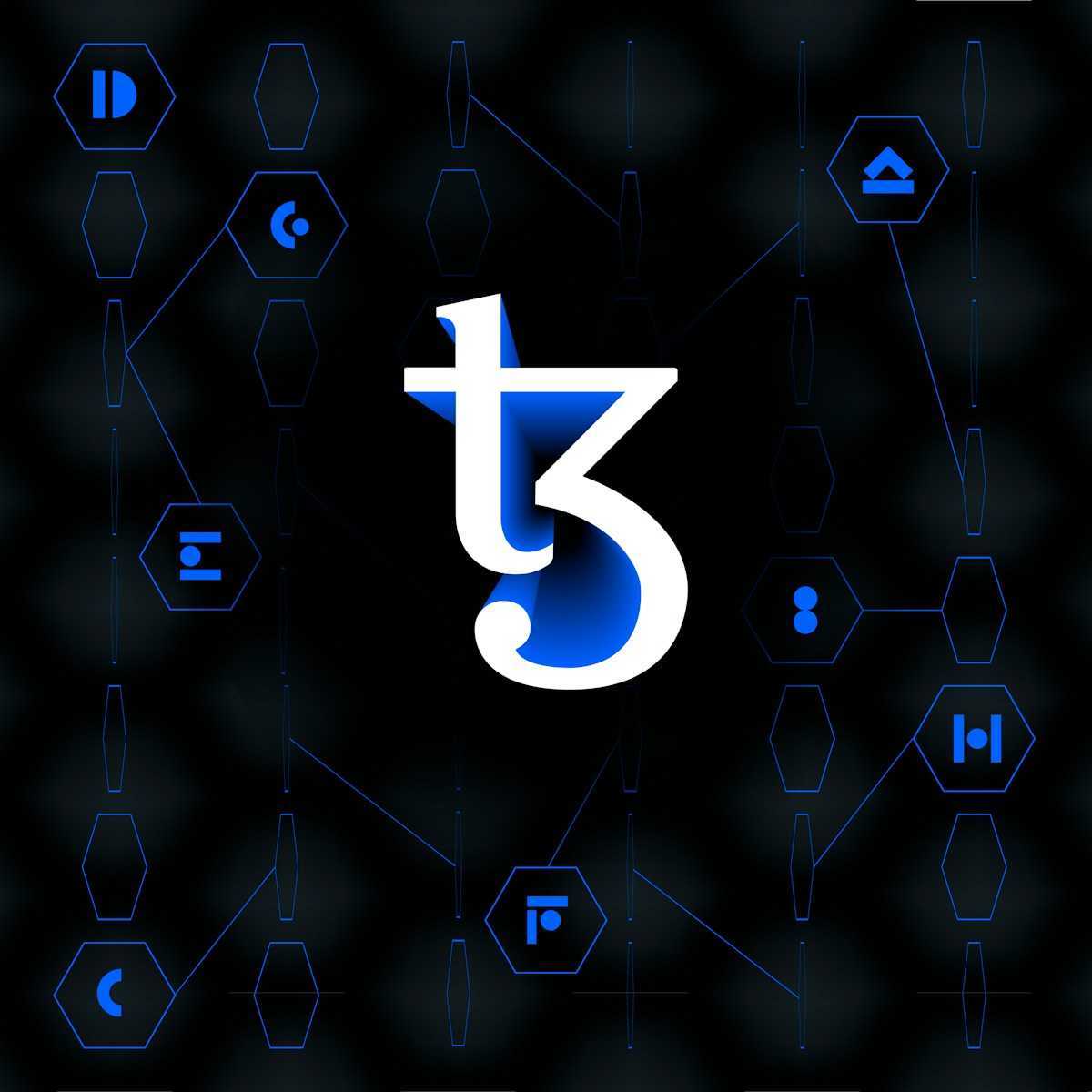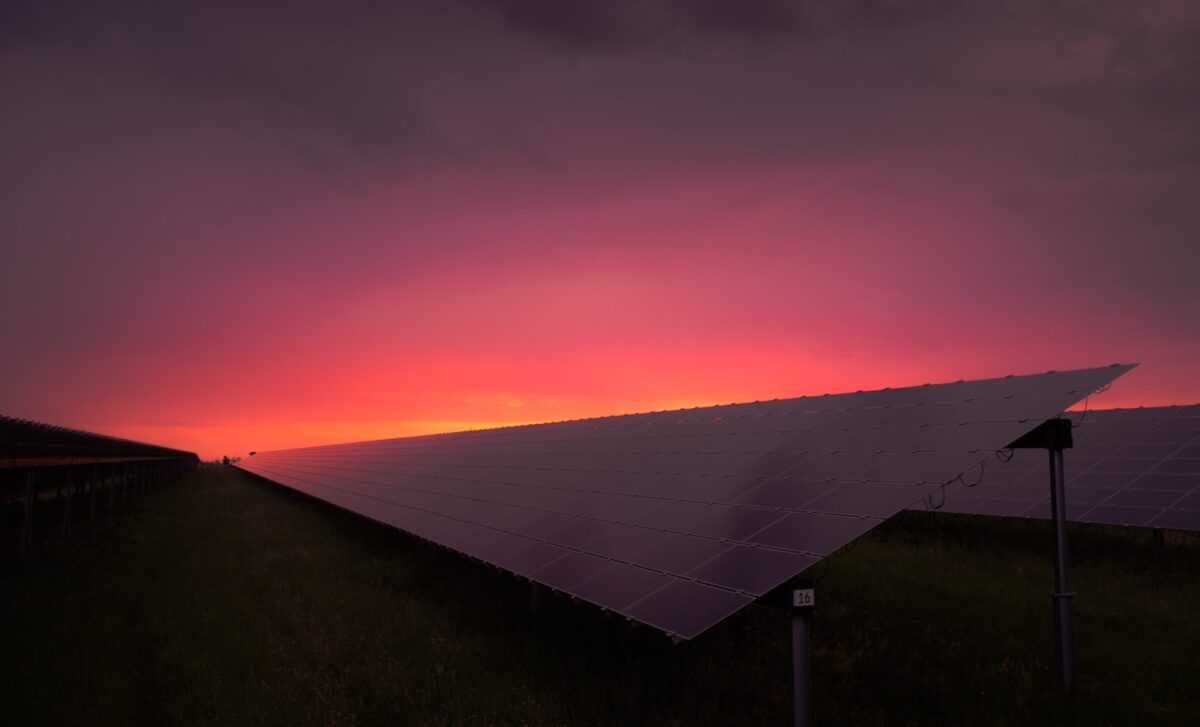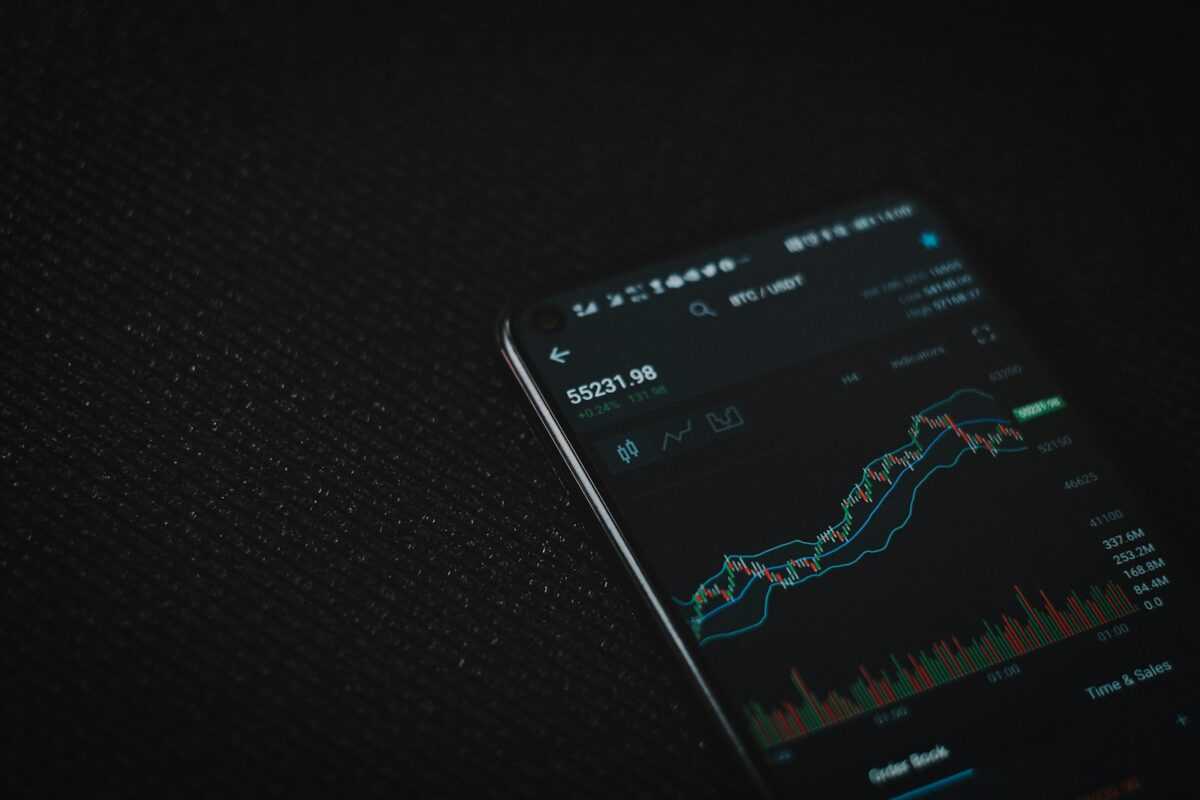Cold storage – offline cryptocurrency protection
Prioritize hardware wallets and air-gapped devices for the most reliable asset safeguarding. These tools isolate private keys from internet exposure, drastically reducing vulnerability to hacking attempts, phishing, or malware infiltration. Recent security audits reveal that hardware-based solutions decrease breach incidents by over 70% compared to software-only alternatives. Utilizing disconnected environments enhances safety by eliminating attack … Read more










